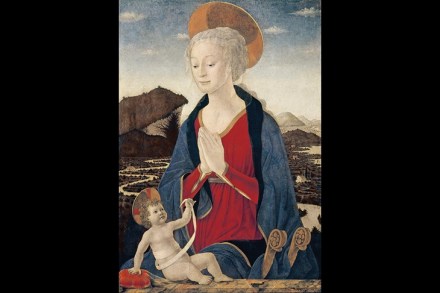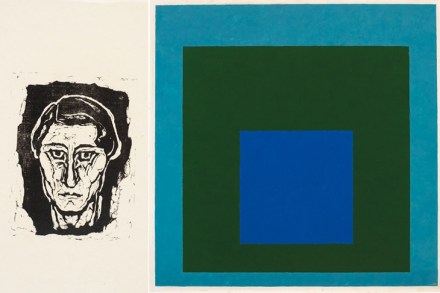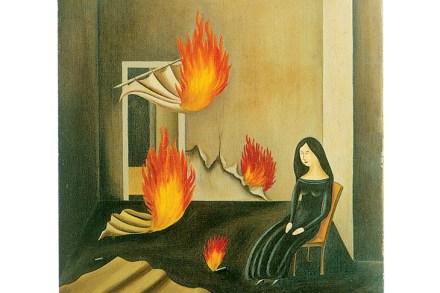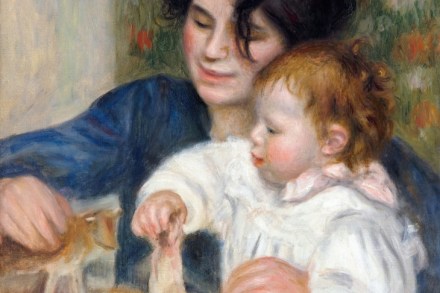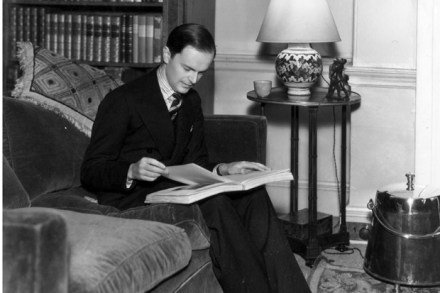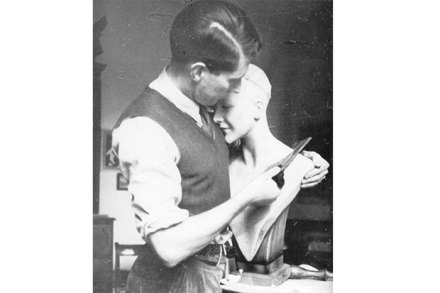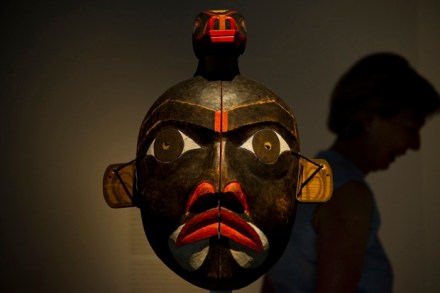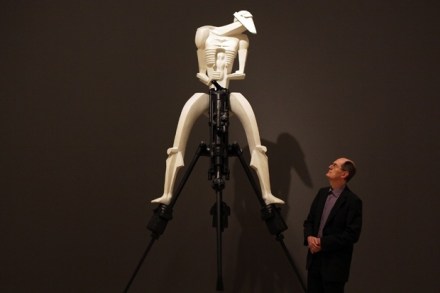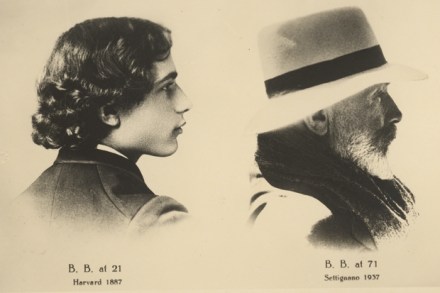Mysteries unfold
The striking yet subtle jacket image from Donatello’s ‘Madonna of the Clouds’ announces this book’s quality from the outset. Its focus is drapery, and the way that artists of the Italian Renaissance clothed their subjects, and furnished their narratives, to articulate veils of meaning that were infinitely suggestive. Marshalling a lifetime’s inquiry into the art of that era, Paul Hills — emeritus professor at the Courtauld, and author of the classic Venetian Colour — deploys an X-ray vision to drill beneath the skin, to find the pulse, the heartbeat of a painting or sculptural relief. He offers a key, a new entry point into works we thought we were familiar
